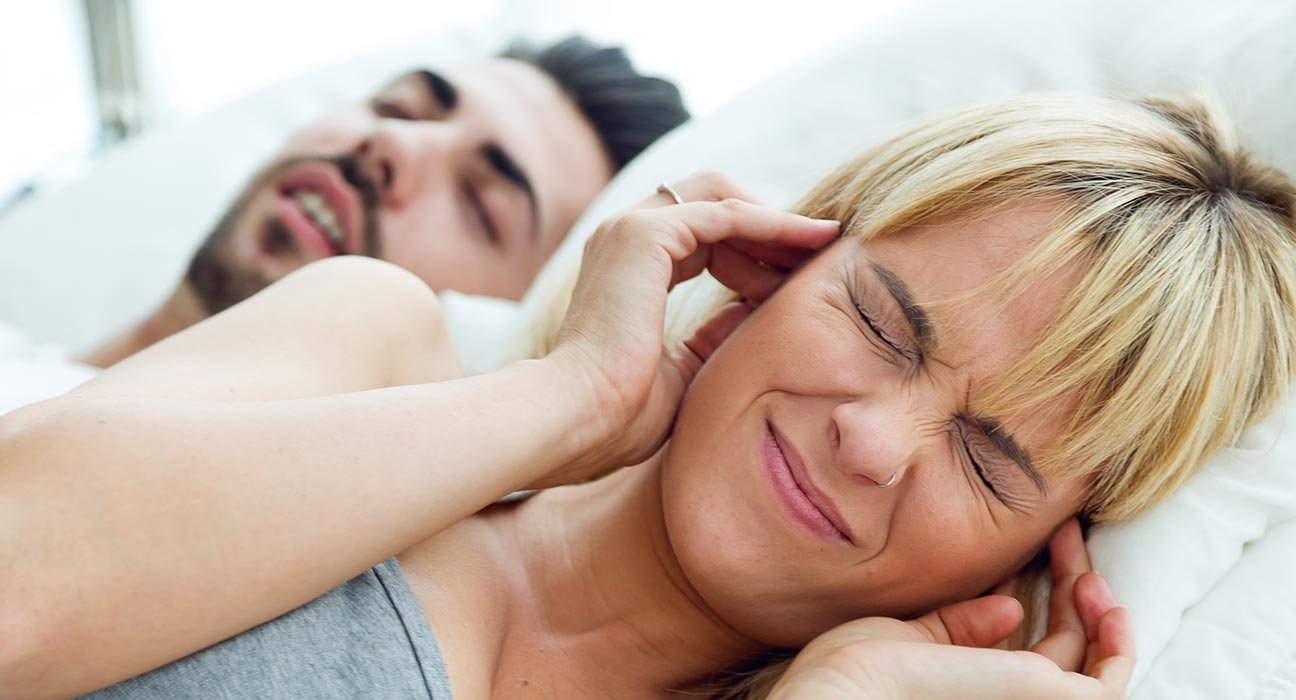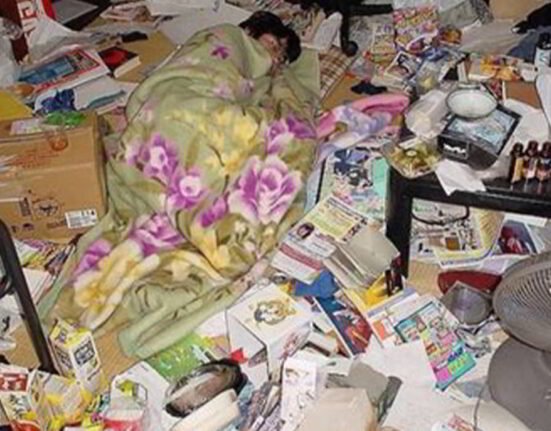What would you feel if you woke up after a very bad sleep one day? Certainly, your mood would go for a sure toss for the next 24 hours. So imagine someone having to deal with difficulty sleeping, exhaustion after sleep and snoring problems every time one tries to sleep, due to an undiagnosed disorder.
What is Sleep Apnea?
Sleep apnea is a serious sleep disorder that involves the person inhaling repeated lapses of breath while sleeping. The disorder is mostly coupled with loud snoring and other sleeping issues. There are two major types of it: obstructive and central sleep apnea. Obstructive sleep apnea is the most common form of sleep apnea wherein the person repeatedly starts and stops breathing while in their sleep.
Read More: The Connection Between Sleep And Productivity
It can occur when the throat muscles in the individuals relax during their sleep and repeatedly block their airway. Central sleep apnea, on the other hand, occurs when the brain does not send adequate signals to the muscles that control their breathing, but causes the person to suffer from irregular and disruptive breathing patterns while in their sleep. The resultant lack of oxygen in one’s physiological system suddenly wakes them up to resume breathing.
Who can get affected by sleep apnea?
Anyone can get sleep apnea, including elderly adults newborns and children. Certain situations and populations are more likely to experience obstructive sleep apnea than others. It is more common in men and those assigned male at birth (AMAB) before the age of 50. Beyond the age of 50, sleep apnea affects women and those classified as female at birth (AFAB) at the same rate. As people age, their likelihood of developing it increases. Obesity or being overweight significantly raises the risk of developing it. Certain demographics are more likely to have central sleep apnea than others:
- Those who are older than 60.
- Those who use opioids as painkillers.
- For certain individuals with CPAP use or obstructive
- Those suffering from heart disorders including congestive heart failure or atrial fibrillation.
Symptoms of Sleep Apnea
Multiple physiological responses also manifest it. They are:
- Exhaustion after a long sleep: While every nap or sleep one takes ought to energize them, sleep that is wholly disrupted by breathing problems tends to put the sufferers into major exhaustion.
- Snoring: This is the most common physiological response exhibited by people suffering from it, although all people who snore loudly may not suffer from the disorder. The blocking of airways is one of the major causes of people snoring loudly if they suffer from the same.
- Perennial sleepiness: Since one’s body cannot attain adequate energy from such a disrupted sleep, these people tend to remain drowsy and sleepy all through their daily activities. In severe instances, this can cause people to feel sleepy and drowsy even during their driving hours or even working hours.
- Unusual breaths: A characteristic breathing pattern associated with central sleep apnea is called Cheyne-Stokes breathing (CSB). Breathing becomes shallower, deeper, and finally ceases completely when CSB is present. They will stop breathing for a few seconds, then resume their breathing, repeating the cycle.
- Disruptions in moods and brain: It has some psychological effects as well. Sleeplessness and continuous disruptions in one’s sleep can make them stressed and anxious. It may also tend to turn out to be a precursor of depression as well. It can also adversely affect one’s brain chemistry and may manifest in the form of serious memory loss, concentration troubles, attention issues, and other brain-related problems.
- Repeated disruptions in the sleep cycle: It may be more difficult to identify this symptom because most people don’t recall when or why they woke up. Individuals who experience this frequently recall awakening for unrelated reasons, such as having indigestion or having to use the loo. Breathing pauses during sleep that other people can see. While you’re asleep, your partner, spouse, or other loved one may notice these signs.
- Some other symptoms that are exhibited include sexual dysfunction, night sweats, restlessness, insomnia etc.
Read More: How to Maintain Good Sleep Hygiene?
How can one treat sleep apnea?
Depending on the exact kind of sleep apnea and its severity, there are numerous ways to treat it. All of them can help prevent apnea episodes or lessen their frequency or severity, but none of them is a cure.
- Reduced weight: Those with obesity or excess weight can greatly alleviate their sleep apnea with a 10% reduction in body weight.
- Medication adjustments: Reducing or quitting opioid painkillers in consultation with your physician may help to alleviate or perhaps cure central sleep apnea.
- Adhesive strips, nasal sprays and more: These over-the-counter remedies facilitate breathing by facilitating airflow via the nose. They can occasionally relieve snoring and mild sleep apnea, but they cannot treat moderate or severe cases of the condition.
- Adjusting one’s position and using sleep aids while sleeping: The risk of developing it is increased when you sleep on your back. By shifting your sleeping position and avoiding lying on your back, you can prevent soft tissue from pressing on your windpipe and obstructing your breathing. Special support pillows and similar devices can help.













Leave feedback about this